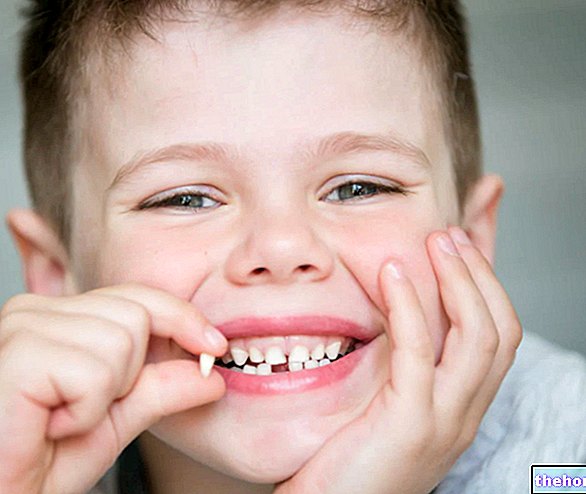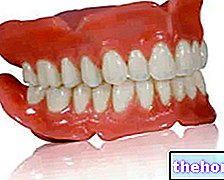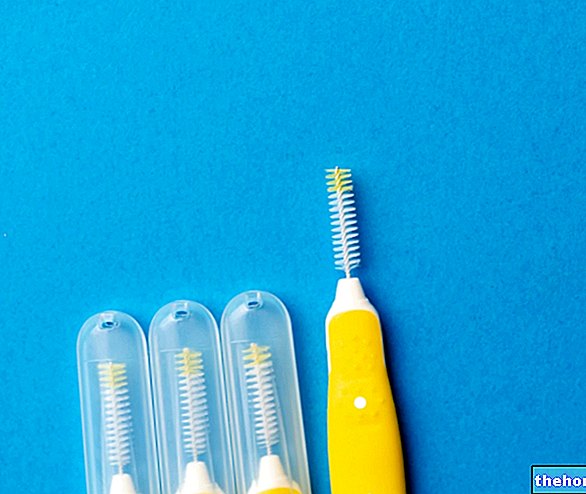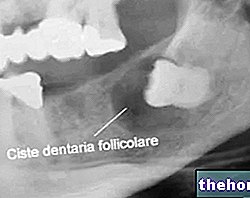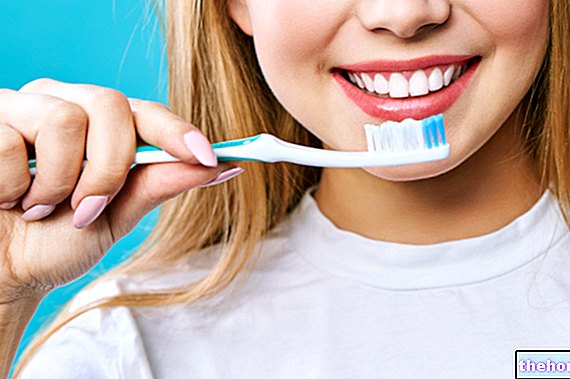Powerful disinfectant
Chlorhexidine is a synthetic antibacterial agent used to disinfect the skin and oral mucosa. Very effective against gram positive bacteria, chlorhexidine is also quite active against gram negative ones; furthermore, the substance appears to be moderately active against encapsulated fungi and viruses.
At high concentrations, chlorhexidine is extremely harmful to the body; however, when diluted appropriately, it is widely used to prepare antiseptic mouthwashes (disinfectants), solutions for contact lenses and other disinfected products for hands and mucous membranes.

Chemical analysis
Chemically speaking, chlorhexidine is a cationic biguanide that is poorly soluble in water. To make it water-soluble, the substance must be combined (or rather, salified) with gluconic acid: not surprisingly, in the preparation of mouthwashes the compound is found in the form of chlorhexidine digluconate.
Chlorhexidine acts according to a double action:
- Powerful bactericide (main effect). Chlorhexidine alters the protein structure of the bacterial cell membrane: by exaggerating its permeability, the substance favors the precipitation of cytoplasmic proteins and the consequent cell death due to bacterial lysis.
- Bacteriostatic: once it was believed that chlorhexidine was "only" able to block the replication of bacteria; today we know it is also capable of kill them.
Applications
Chlorhexidine is used in numerous circumstances characterized by a possible or presumed bacterial proliferation; moreover, chlorhexidine-based products are indicated for prophylactic purposes to prevent bacterial infections.
For this purpose, chlorhexidine is indicated for:
- Disinfect the skin after an injury
- Eliminate any possible bacterial traces from the patient's skin before surgery
- Disinfect the doctor's hands before a surgical procedure
- Inhibit or prevent the proliferation of bacteria on the skin
- Support topical treatment for severe acne
- Take care of the athlete's foot
- Treat dry skin: when combined with substances such as benzalkonium chloride, chlorhexidine is indicated in the prevention and treatment of dry and arid skin associated with dermatitis and eczema
- Preservative (obsolete use of chlorhexidine)
Chlorhexidine for oral rinses
In dentistry, chlorhexidine is part of the formulation of mouthwashes, toothpaste and gels with a broad spectrum of action.

While it is extraordinarily effective against bacteria, chlorhexidine mouthwash should not be used for long periods because, in the long run, it can cause dark or yellow stains on the teeth.
Curiosity
The progressive yellowing of the teeth or the black spots on the dental enamel are the result of a "hyperpigmentation of plaque and tartar adhering to the surface of the teeth. To remove this type of stains from the teeth, it is necessary to resort to scaling (professional dental cleaning).
Today some new formulations of chlorhexidine mouthwashes have been developed that can prevent the formation of stains on the teeth: it seems that the combination of l-ascorbic acid + sodium metabisulphite + chlorhexidine gluconate is effective in preventing the formation of this unpleasant imperfection.
During the whole therapy with chlorhexidine mouthwash, it is recommended to pay particular attention to the concomitant use of toothpaste (and toothbrush). Most toothpastes contain ingredients (in particular sodium lauryl sulfate and sodium monofluorophosphate) capable of altering the therapeutic activity of chlorhexidine. Therefore, to avoid nullifying the effect of the drug, it is strongly recommended to proceed with the usual hygiene oral at least 30 minutes-2 hours after rinsing with chlorhexidine mouthwash.
Skin disinfectant
Chlorhexidine is also indicated for the disinfection of the skin in general and of the hands in particular. Not surprisingly, chlorhexidine products intended for external use (specific for hands) are widely used in hospitals. As mentioned, in this context, chlorhexidine is widely used to disinfect the skin before surgery and injections to eliminate every possible bacterial trace.
Furthermore, these chlorhexidine-based solutions can also be used in the management of patients at home and in nursing homes, both for skin disinfection and for the prevention of pressure sores.
Toxicity
When used in the appropriate concentrations, chlorhexidine does not have strong irritating or sensitizing properties.
Chlorhexidine digluconate has no oral toxicity as it is poorly absorbed from the gastrointestinal tract. As mentioned, however, improper use of chlorhexidine in the form of a mouthwash can cause unpleasant side effects such as burns to the oral mucosa, burning in the mouth and yellow and black spots on the teeth.
In case of allergy or hypersensitivity to chlorhexidine, the typical side effects of an allergic reaction may occur, such as swelling of the face, tongue, hands and feet, breathing problems, itching, skin irritation and rash. To avoid these unpleasant side effects, it is always recommended to report to the doctor any allergies (presumed or ascertained) to drugs or other substances.
Chlorhexidine should not be used during neurosurgery because it is accused of causing neurotoxicity. Similarly, the use of chlorhexidine is strongly discouraged for ear surgery: the substance can in fact cause sensorineural deafness.
The use of chlorhexidine as a disinfectant agent is contraindicated near the meninges and in body cavities. When instilled into the eye as an eye drop, chlorhexidine (2%) can cause permanent and severe damage to the internal ophthalmic structures.
It is also recommended not to use products containing chlorhexidine in children under 2 months of age.
Interactions
The action of chlorhexidine can be neutralized by anionic or non-ionic agents used for the production of moisturizing products, neutral soaps or surfactants.
Furthermore, the concomitant use of tobacco / alcohol may cause interactions with the efficacy of chlorhexidine, particularly when used as a mouthwash. For this reason, it is recommended to stop smoking and to avoid the administration of alcohol during chlorhexidine therapy.
Other articles on "Chlorhexidine"
- Chlorhexidine mouthwash
- Chlorhexidine mouthwashes: risks and side effects

